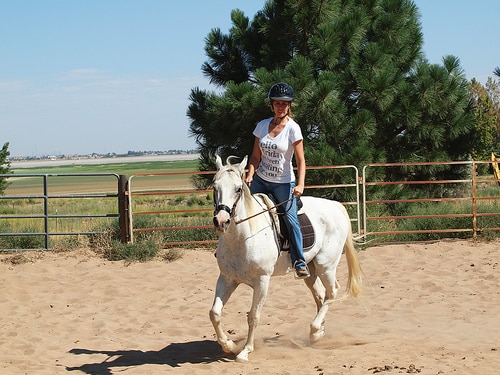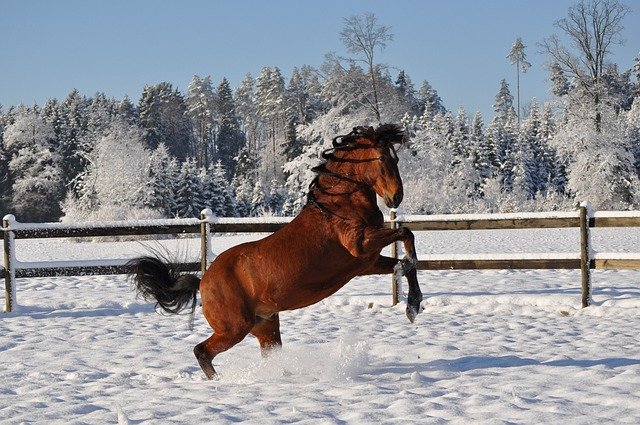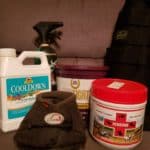

A common saying in the horse industry is “no hoof, no horse.” I’ve taken that saying one step further: “no frog, no hoof.”
I am studying under my father to learn how to do my own barefoot farrier work. I have no wish to work as a farrier professionally, but I am very picky about how my horses are taken care of. Yes, I’m a control freak. Being able to do their feet myself will not only give me full control over their health and well being, but it will also save me a truck load of money in the process.
This summer I was hoping to get out on the show circuit for the first time in 4 years. I finally have a horse that has the potential to be competitive and I had hoped that 2017 would see Moose’s debut in the show pen.
In May we attended a clinic in preparation for the show season. 10 days after the clinic and 5 days before Moose’s show pen début, Moose came up lame. There were no abscesses or obvious stone bruises and she’s not a horse that is prone to lameness. It turns out the the problem was in her frog. Her front frogs were still recovering from poor upkeep over the winter while I was away at school and had to entrust her care to someone else. The front frogs were not grown out enough to make full contact with the ground.
The Importance of the Frog
The frog is the most important piece of a horse’s shock absorber system. It cushion’s the impact of the foot hitting the ground. If the frog is not reaching the ground though, it cannot cushion the impact, putting exponentially more stress on the rest of the leg and greatly increasing the chances of lameness.
But just having a frog that touches the ground isn’t everything. A healthy frog is solid, but still has give, allowing it to cushion the impact of the hoof on the ground. Too narrow (red) and there is not enough surface area for the frog to function properly. Too wide (blue) and the frog is so overgrown that the rest of the hoof cannot function properly.

If you look at these photos of Moose’s hoof from the day she went lame, you can see how the frog does not touch the ground enough. It is also too narrow. This is a common problem.


How to Fix an Under-grown Frog
The hard part about fixing frogs like these is that they will only grow if the blood flow to frog is stimulated. But, the blood flow to the frog will only be stimulated through the frog hitting the ground when walking. But the frog won’t hit ground until it grows. You see that this is a vicious cycle. This is where farriers need to step in and help nature along. You can buy (or make) special pads to fill in the gap between the frog and the ground. If your horse is shod, these pads can be held in place by your horse’s normal shoe. If your horse is barefoot, you will need to use hoof boots.
Normally, hoof boots are not left on in the pasture. However, in special cases like these, they can be used for short periods of time to treat damaged frogs with pads similar to those used on shod horses. If you know something about barefoot trimming and the anatomy of the hoof, you can make your own pads using leather and a human safe, water proof, shoe repair glue, but do not attempt this unless you know what you are doing as using the wrong thickness of pad will easily do more harm than good.
Please consult your farrier before trying anything.
I have purposefully not included instructions for making hoof pads because you should not be attempting this without your farrier’s supervision. If you are a barefoot trimmer and would like ideas on how to make the leather pads cheaper than buying the prefab ones, please contact me privately.










I can’t see the pinterest photos. Most times, I mind my own business. Sometimes I try to brighten the corner where I am.
I bought a horse that has either shed or not had a frog. He had long hooves with shoes. I had a farrier come to remove the shoes and give him a trim. It took about 2 weeks to get someone. They are far and few between in my area of the state. I had picked out his feet and that was when I noticed the missing frog. When the farrier trimmed him, she said she saw a spot that looked like canker! I am totally freaked out. I have only had this horse for less than a month and can’t believe I didn’t look at the bottom of his feet before buying. I have contacted a vet, but a day has passed with no response. The farrier has been in touch to say she will help remove tissue if necessary, if the vet suggests that treatment. I picked out his foot and sprayed it with iodine. Should I be soaking it?
He is being kept in a large outdoor pen with daily turn out to a larger pasture. Before I got him, he was stalled. The seller was riding him a lot. He has cinch sores to show that. I have ridden him and he does not seem lame. However, the more I work with his feet, the worse he has become at standing for me. I am careful not to hurt the frog. I know where the grooves are and stick to them when picking them out in the proper direction. When I look at his foot, I just see a really empty spot where the frog should be…and the tip of his frog is sensitive (according to the farrier) and looks a little rough instead of rubbery. I am in need of advice. I can send a picture if you think that would help. Thanks for any response. TR